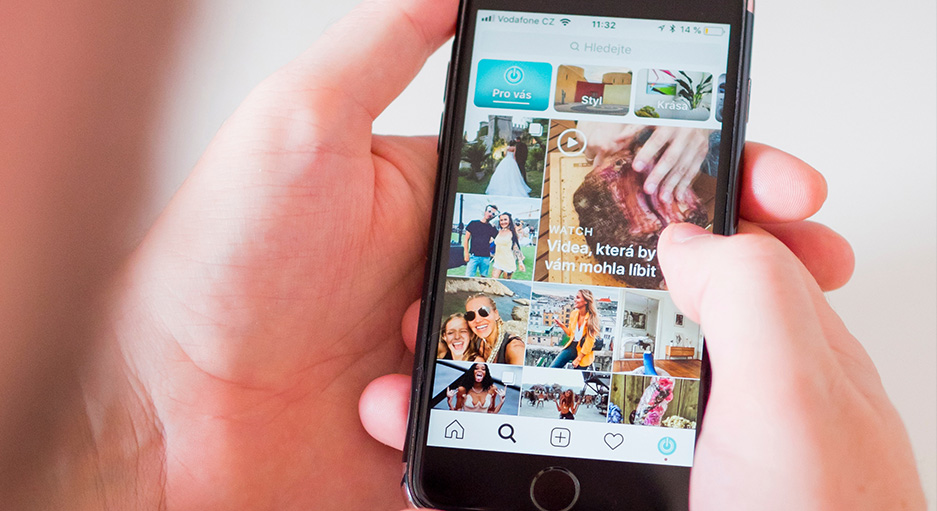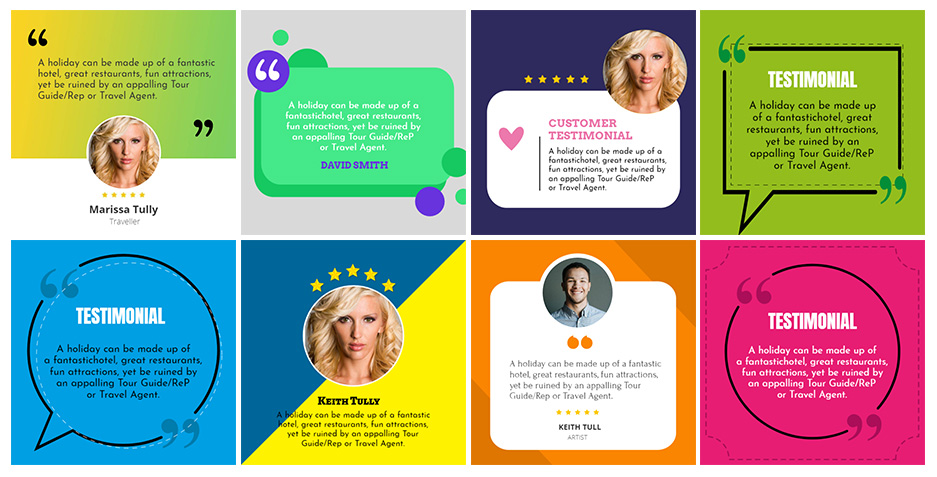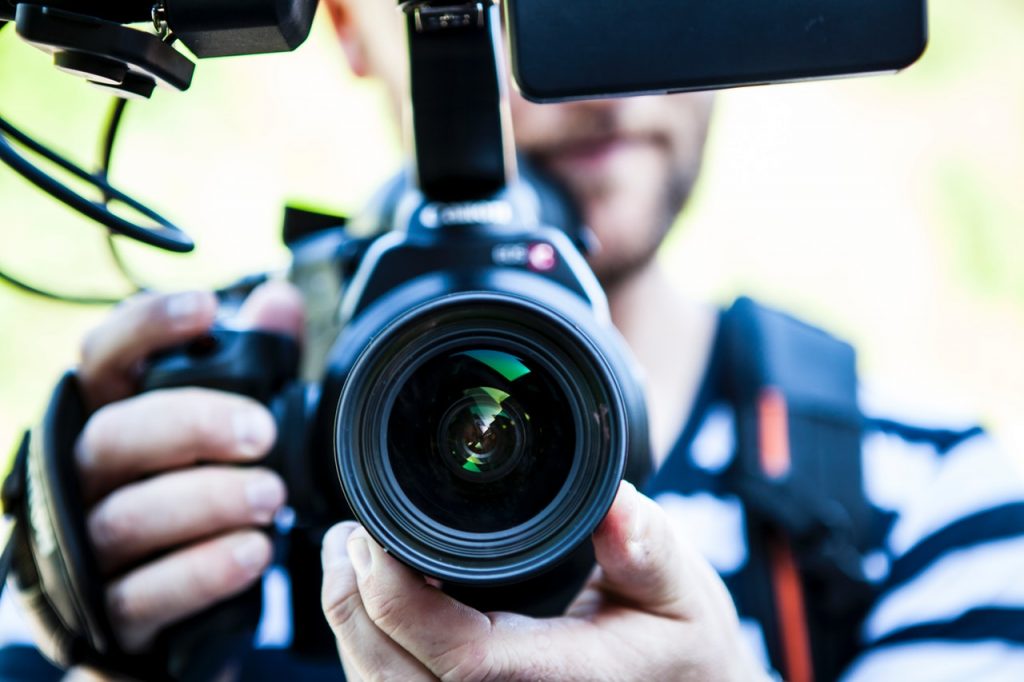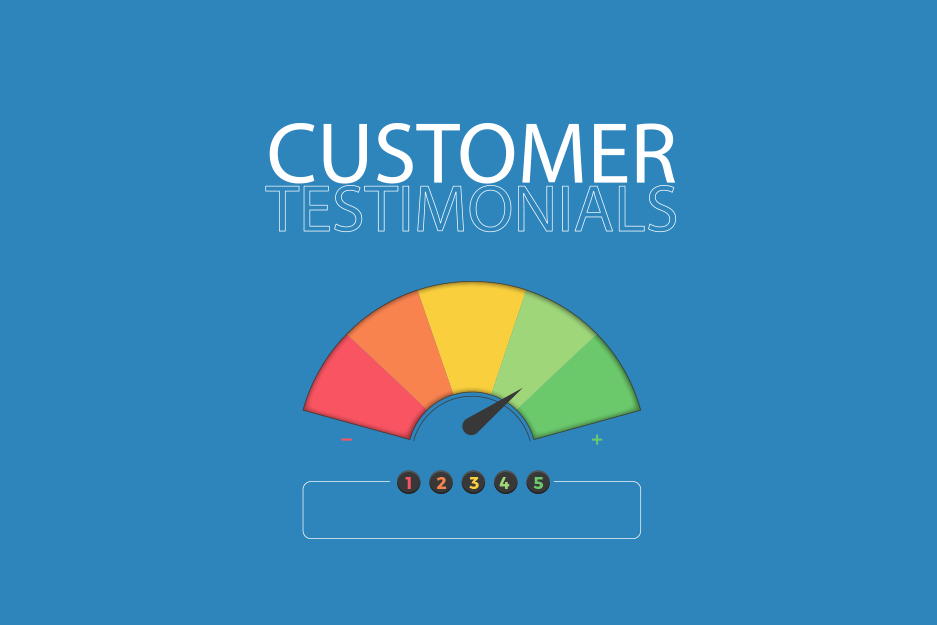Travelers are judging a company’s reputation based on the online reviews left by their customers, and those reviews influence their booking decisions.
They can make or break a traveler’s decision to take a certain tour, stay at a certain hotel, or even visit a city or country altogether.
We tend to put a lot of weight on other people’s opinion, letting their value judgments inform our own. That’s why recommendations and endorsements are a huge part of decision-making.
A recent online travel booking poll, conducted by Webcredible, revealed that 29% of consumers consider positive reviews as the most likely factor to make them book a holiday online.
According to statistics:
- Leisure travelers spend an average of 30 minutes reading reviews before booking (Tnooz)
- 70% of travelers look at up to 20 reviews in the planning phase (Tnooz)
- 53% of TripAdvisor users say they won’t book a hotel if it has zero reviews
- Leisure travelers read an average of 6-7 reviews before booking; business travelers read an average of 5.
Considering the significant investments that go into planning a trip, trust is essential and travel agencies should put a lot of efforts online towards building that trust through all marketing channels they use – website, social media, advertising. Ratings and reviews are playing significant part in that strategy.
That’s why in this post, I’ll cover everything you need to know about reviews and how to make them work for you to build trust and get more business.
Customer Reviews on Your Travel Website

Pack your bags. We’re going on vacation!
That’s exactly what an effective travel website should make you feel. It should activate the travel enthusiasm with vibrant imagery and vivid copies.
And while photos can do a lot of the work in inspiring visitors, a travel site can’t accomplish its purpose without offering straightforward travel information, helpful logistical details, and tips that will help visitors simplify the travel process, and, of course, customer reviews.
According to a survey, when it comes to trusting a review, travelers look for an authentic writing style (73 percent) as well as detailed (69 percent) and current (66 percent) reviews that are not older than three months.
Pick carefully the reviews you list on your website and make sure you add new reviews frequently.
Reviews drive traffic to your website from social media sites

Travel companies that regularly share reviews with their Facebook page fans see an increase in traffic back to their company website. For example, one good review per day generated extra visitors up to 2.5 times their number of community followers per month.
So if you have a Facebook page with 10,000 “Likes”, this can deliver 25,000 visitors to your company website from Facebook every month!
Sixty-eight percent of younger travelers believe that visual scores as stars are the best way to present reviews.
As anyone who’s ever played even a minor role in the design process can attest to, transforming a customer review into an effective, visually appealing testimonial isn’t as simple as it might seem.
Fortunately, our designers have already accomplished this goal — and you can use their testimonial design templates to guide your presentation and design decisions.

A testimonial can take the form of image + text or a video format. Combined with the allure video marketing has over people’s behavior online, using creative testimonial videos becomes a no-brainer.
Testimonial ads

Establishing credibility helps build trust, which ultimately leads to more sales. In order to build credibility for your travel company, you need to make testimonial advertising a part of your marketing plan.
What are testimonial ads for, and what do they excel at?
Testimonial ads are ideal for helping potential customers overcome last minute resistance and hesitation.
This means that testimonials work best with “hot” customers, who are already at the decision-making stage of your content marketing strategy.
They’ve chosen the destination, reviewed your offers, but hasn’t booked their trip yet.
They’ve been hooked by the marketing content designed for the early stages of the buyer’s journey. And now they need a little “push” to complete their online booking. That’s the moment when testimonial ads should come into play.
What to avoid in your testimonial?
Hyperbolic expressions
The idea behind testimonial ads is to give pleased travel customers a platform to express their satisfaction with your service. And while having an enthusiastic customer is awesome, hyperbolic expressions can kill the effectiveness of your ads.
Phrases like “this travel is the greatest in the world” or “this vacation changed my life forever!” will quickly turn people away from your ad. Make sure to avoid them entirely.
Using Actors
When you think about video testimonials, it might seem like a good idea to hire an actor. However, it is a huge mistake. People can intuitively pick up deceptions, especially in marketing where it’s so commonplace!
Use genuine customers with real stories, and don’t worry too much about the “image”. People are looking for honesty.
Things to consider when you make video testimonials

An excellent way to ensure an outstanding final product is to focus your energy and attention to the most important aspects. Let’s see what these elements are for testimonial ads.
Questionnaire
Of all the essential things that make an awesome testimonial, the questionnaire is often the most overlooked. Ironically, it’s the one that’ll affect the end result of your testimonial video the most.
The interview gives you all the raw material you are going to sculpt your testimonial out of. The better an interview you get, the easier the editing stage will be.
- use insightful questions covering the critical points you know you’ll want to address in the video
- use open-ended questions that invite organic conversation
- showing the questionnaire to the Interviewee well in advance
A testimonial video’s recording is nothing more than a conversation! It is all about you and your client sitting down for a while and sharing a few experiences.
Recording
The primary goal during the recording of your testimonial is to create a stress-free environment. Remember, the recording process should feel just like a friendly talk!
Recording setup and production details (camera equipment, illumination, setting) should be figured out way before recording.
Editing
Of all the intricate parts, the editing process is probably the most technically involved and challenging. You can go with a reliable video production company to assist you with, or you can do it yourself.
Whatever you choose, do not forget to:
– Stay true to what your interviewee said
– Strive to get a good rhythm: Your editing defines the pacing of your video. Video marketing content works best when kept around 2 minutes, and you need good pacing for it to feel complete and effective.
– Focus: You know the major points and ideas your video has to cover. Let those elements guide what stays, and what needs to be cut out.
Promotion: Remarketing to Specific Landing Page Visitors

Last, but not least, I’d like to make a point about promoting your piece.
Why? You could make the most fantastic video testimonial out there. But if nobody sees it, you won’t get anything out of it.
Choosing the right video hosting platform can make a huge difference in the promotion of your new testimonial ads.
If you have a social media presence, definitively use it to promote your new video.
How?
Once people have visited one of your landing pages with a travel offer for example, you know two things: they might have a particular interest in it and they’re already familiar with your travel brand.
Targeting this warm audience with a generic information would be a waste of time. Instead, create testimonial ads that are highly relevant to your audience and the trip/vacation they’ve shown interest to.
